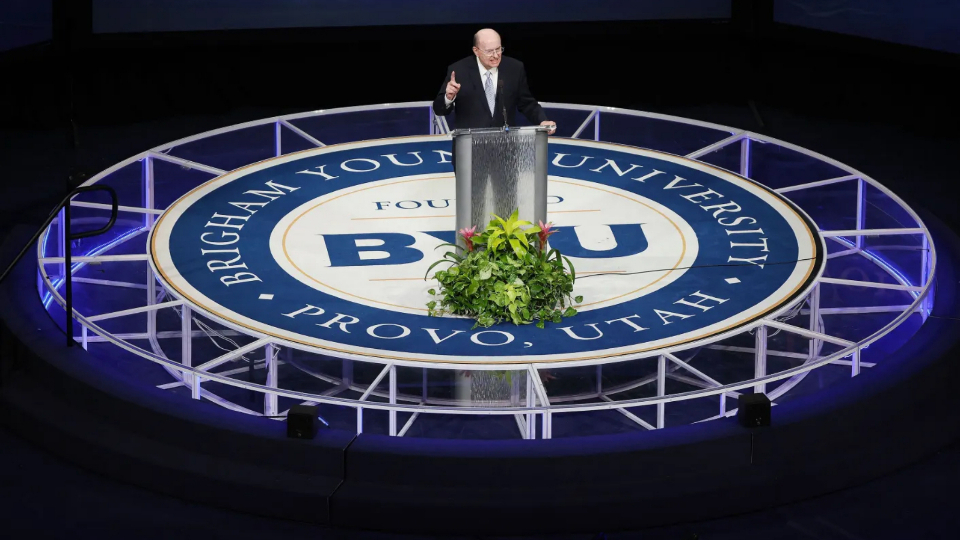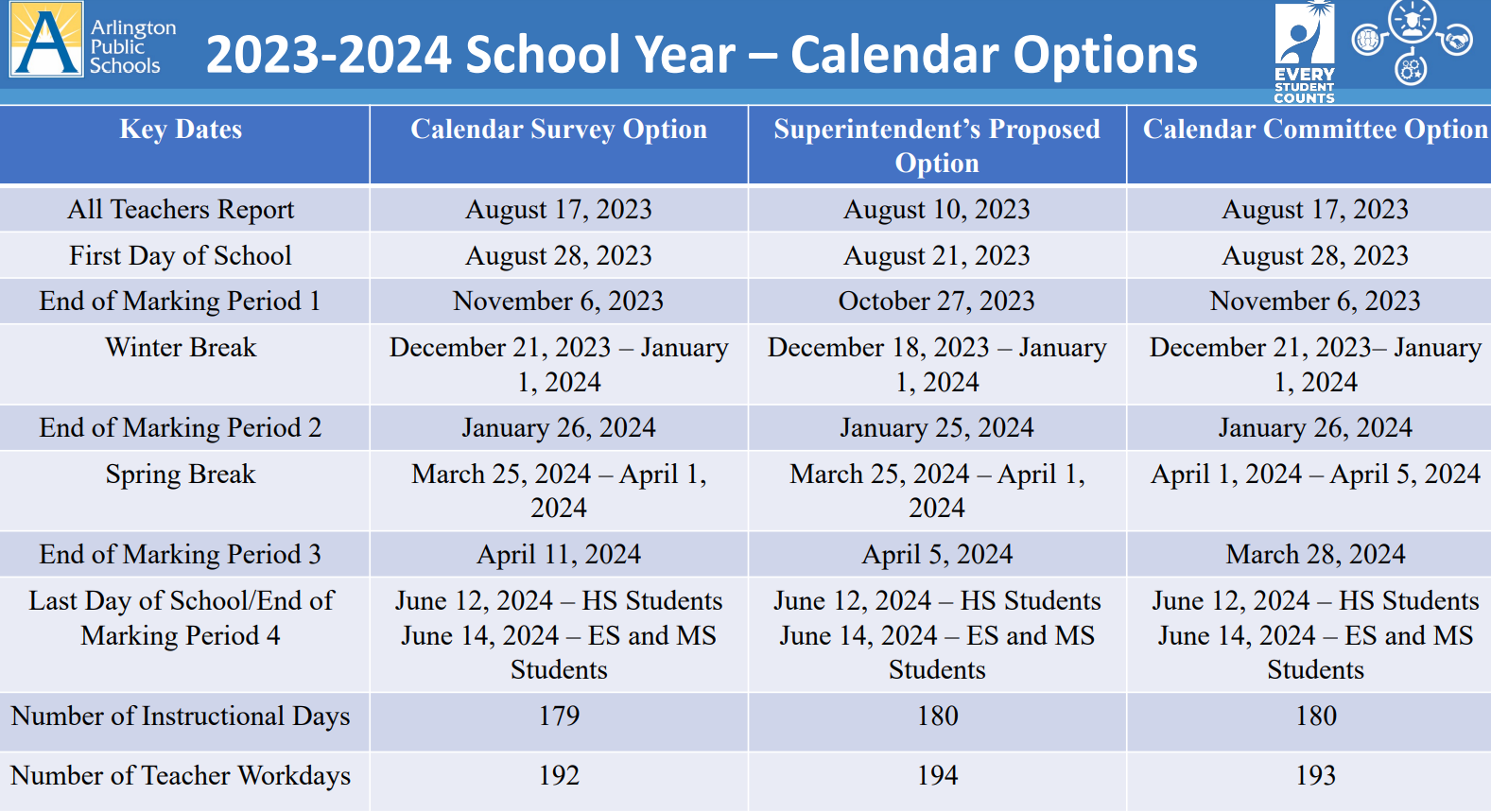As the academic year unfolds, student employees play a vital role in supporting the daily operations of educational institutions. To ensure a seamless and productive work environment, it is essential for Human Resources (HR) departments to establish a well-planned student employee holiday and break schedule. In this article, we will delve into the importance of creating a comprehensive schedule, its benefits, and provide guidance on how to implement it effectively.
Why a Student Employee Holiday and Break Schedule Matters
A well-structured holiday and break schedule is crucial for student employees, as it allows them to balance their academic responsibilities with their work commitments. By providing a clear outline of holidays and breaks, HR departments can help student employees plan ahead, ensuring that they can fulfill their academic obligations while also meeting their work requirements. This, in turn, can lead to increased productivity, improved job satisfaction, and reduced turnover rates.
Benefits of a Student Employee Holiday and Break Schedule
A comprehensive holiday and break schedule offers numerous benefits for both student employees and the institution as a whole. Some of the key advantages include:
Improved work-life balance: By knowing their holiday and break schedule in advance, student employees can plan their personal and academic lives more effectively.
Increased productivity: A well-planned schedule can help student employees manage their time more efficiently, leading to increased productivity and better job performance.
Enhanced job satisfaction: When student employees feel that their work schedule is balanced and manageable, they are more likely to be satisfied with their job and committed to their role.
Reduced turnover rates: By providing a supportive and flexible work environment, institutions can reduce turnover rates and retain talented student employees.
Creating a Student Employee Holiday and Break Schedule
To create an effective holiday and break schedule, HR departments should follow these steps:
1.
Review academic calendars: Familiarize yourself with the institution's academic calendar, including holidays, breaks, and exam periods.
2.
Consult with student employees: Gather feedback from student employees to understand their needs and preferences.
3.
Develop a schedule template: Create a template that outlines holidays, breaks, and work schedules for student employees.
4.
Communicate the schedule: Share the schedule with student employees, supervisors, and other relevant stakeholders.
5.
Review and revise: Regularly review the schedule and make revisions as needed to ensure it remains effective and supportive of student employees.
Best Practices for Implementing a Student Employee Holiday and Break Schedule
To ensure the success of a student employee holiday and break schedule, HR departments should consider the following best practices:
Be flexible: Be open to adjusting the schedule as needed to accommodate changing academic or work requirements.
Communicate clearly: Ensure that all stakeholders are informed about the schedule and any changes.
Provide support: Offer support and resources to help student employees manage their work and academic responsibilities.
By implementing a well-planned student employee holiday and break schedule, HR departments can create a supportive and productive work environment that benefits both student employees and the institution as a whole. By prioritizing the needs of student employees and providing a flexible and balanced work schedule, institutions can foster a positive and inclusive work environment that promotes academic success and professional growth.





/cdn.vox-cdn.com/uploads/chorus_image/image/73449092/2082113375.0.jpg)



